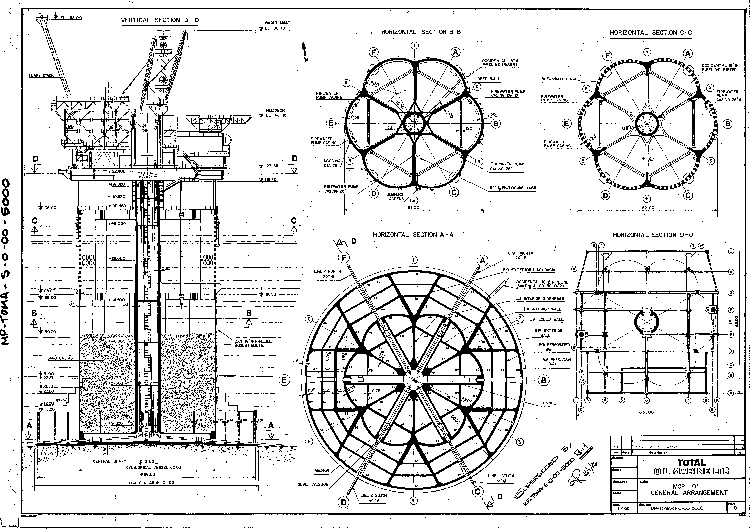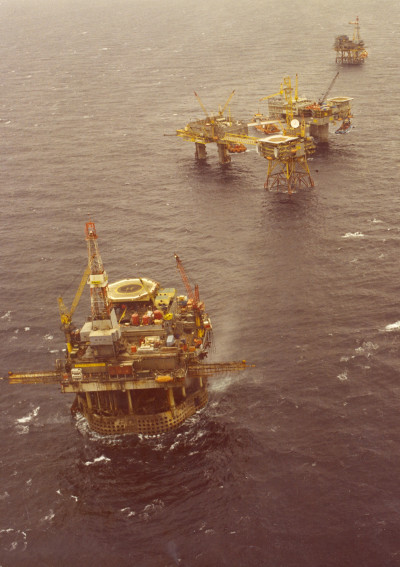
For our AHRC project, ‘Exploring British Design‘ one of the questions we asked is:
How might a website co-designed by researchers, rather than a top-down collection-defined approach to archive content, enhance engagement with and understanding of British design?
The workshops that we have run were one of the key ways that we hoped to understand more about how postgraduates and others research their topics, what they liked and didn’t like about websites, and in a general sense how they think and understand resources, and how we can tune into that thinking.
In the blogs posts that we have created so far, we set out one of our central ideas:
Providing different routes into archives, showing different contexts, and enabling researchers to create their own narratives, can potentially be achieved through a focus on the ‘real things’ within an archive description; the people, organisations and places, and also the events surrounding them.
The feedback from the workshops gave us plenty to work with, and here I wanted to draw out some of the key messages that we are using to help us design an interface.
Researchers often think visually
Several of the participants in our workshops were visual thinkers. Maybe we had a slightly biased group, in that they work within or study design, but it seems reasonable to conclude that a visual approach can be attractive and engaging. We want to find a way to represent information more visually, whilst providing a rich and detailed resource. Our belief is that the visual should not dominate or hide the textual, as does often happen with cultural heritage resources, but that they should work better together.
Researchers often think in terms of creating a story or narrative
When we asked our participants to focus on an individual object, several of them thought in terms of its ‘story’. It seemed to me that most of the discussions that we had assumed a narrative type approach. It is hardy surprising, as when we talk about people, places and events we connect them together. It is a natural thing to do.
Different types of contexts provide value
When we asked workshop participants to think about how they would go about researching the object they were given, they tended to think of ways to contextualise it. They were interested in where it came from, in its physicality and its story. For example, we gave out photographs of an exhibition and they wanted to know where the photographs were taken, more about the exhibition and the designers involved in it, what else was going on at that time? Our idea with Exploring British Design is that we can create records that allow these kinds of contexts to flourish. The participants did not concentrate on traditional archival context, as they did not tend to recognise this in the same way as archivists – it is one perspective amongst many.
We cannot provide a substitute for the value of handling the original object, and it was clear that researchers found this to be immensely valuable, but we can help to provide context that helps to scope reality.
Uncovering the obscure is a good thing
Not surprisingly, our workshop participants were keen that their research efforts should result in finding little-known information that they could utilise. They talked about the excitement of uncovering information and the benefits for their work.
Habits are part of the approach to research
The balance between being innovative and anchoring an interface in what people are familiar with seems to be important.
Trust is very important
The importance of trust was stressed at all of our workshops, and the need to know the context of information. We need to build something that researchers believe is a quality resource, with information they can rely on.
Serendipity is good…although it can lead you astray
It was clear that our participants wanted to explore, and liked the idea of coming across the unexpected. Several of them felt that the library bookshelves provide a good opportunity to browse and discover new sources (they talked about this more than the serendipity of the web). But there was also a note of caution about time wasted pursuing different avenues of information. It seems good to build in serendipity, whilst providing an interface that gives clear landmarks and signposts.
Search and Relevance
Our workshop participants were clear that choice of search terms has a big influence on what you find, and this can be a disadvantage. You may be presented with a search box, and you don’t really know what to search for to get what you want, especially if you don’t know what you want! Also, the relevance ranking can be a puzzle. Library databases often seem to give results that don’t make that much sense.
One thing that stood out to me was the willingness to use Google, which is a simple search box, with no indication of how to search, that brings back huge amounts of results; but the criticisms of library databases, where choice of search term is crucial and where ‘too many results’ are seen as a problem. It seemed that the key here was effective relevance ranking, but our workshop participants did agree that relevance ranking can deceive: the first page of results may look good, but you don’t really know what you are missing. Google is good at providing a first page of useful looking results….and maybe that’s enough to stop most people wondering about what they might be missing!
Exploring British Design
As our project has progressed, I think it is fair to say that we have benefitted hugely from the input of the students and academics that we have talked to, not only for this project but also more generally. But it was not possible for us to manage to implement a directly co-designed website. The logistics of the project didn’t allow for this, as we wanted to gather input to inform the project, and then we had the complications of pulling together the data, designing the back end and the API. We would probably have needed at least another 6 months on the project to go back to the workshop participants and ask them about the website design as we went along.
But I think we have achieved a good deal in terms of engagement. Our Exploring British Design project has been about other ways through content, moving away from a search box and a list of search results, and thinking about immersing researchers in a ‘landscape’, where they can orientate themselves but also explore freely. So, we are thinking about engagement in terms of a more visually attractive and immersive experience, giving researchers the opportunity to follow connections in a way that gives them a sense of movement through the design landscape, hints at the unknown, and shows the relevancy of the entities that are featured in the website. We hope to show how this can potentially expand understanding because it allow for a wider context and more varied narratives.
In the next project post we hope to present our interface for this pilot project!




